The Geek Girl’s Guide to Antigravity Conspiracies: The Stories of The Women Who Believe
Or, how to build a believable (and perhaps even useful) conspiracy theory using our friend, mainstream science.
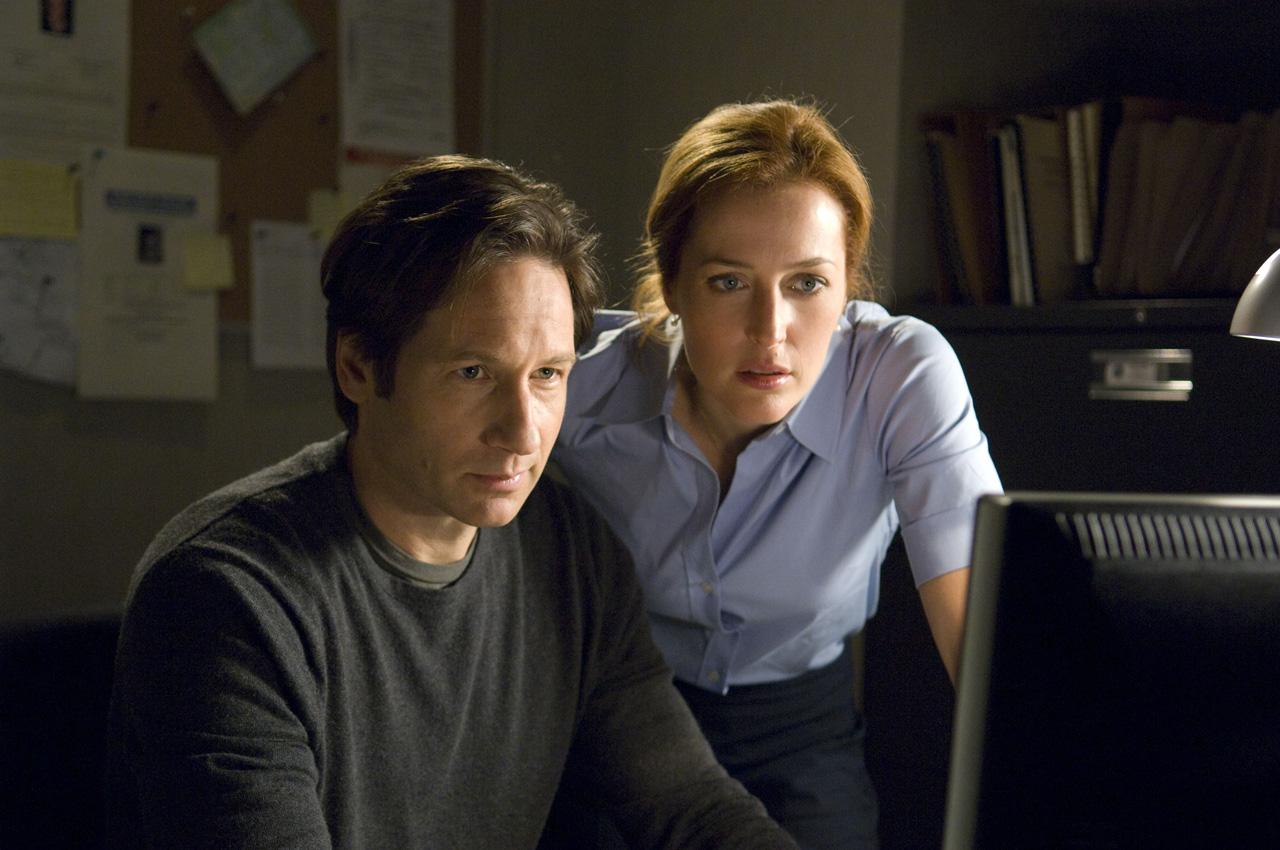

Growing up, I read every science adventure and science conspiracy book I could get my hands on. These books were what created my lifelong love of science. They opened up mystery-laden possibilities big enough for a 12-year-old’s mind to appreciate. At the same time, they left tantalizing pointers to the trailheads of mainstream science; trailheads a determined kid could travel down to learn whether or not there was any basis to the whacky claims of said conspiracy books which were basically sci-fi masquerading as journalism.
I wanted to get this article just right, since it’s for The Mary Sue. I ran drafts of it by several friends and colleagues; basically anyone who was kind enough to sit still and read for a bit. The range of feedback was surprising in its diversity: some readers saw it as a tale of determined women scientists and their accomplishments; some saw it as a portrayal of eccentric men who had hijacked the serious scientific work of others. Still others saw it for what I intended it to be, a lighthearted romp through the worlds of science and the fringe, a trip that highlights real scientific discoveries and the astounding lives of accomplished researchers. A trip that, I hope, also entertains and inspires by relating the eccentricities and dreams of fringe science enthusiasts. I’ll be interested to know what you see in it. In any event, I hope you enjoy, if not the story itself, the thoughts and discussions it might engender.
Building a Better Conspiracy
Guess where geek girls are under-represented? Old joke: everywhere! Anyway, there’s one aspect of geek culture where very few forays have been made by women: antigravity and its associated conspiracy theories. It’s a shame too; four of the biggest and most respectable figures in the field are women.
Respectable figures in the field of antigravity conspiracies??? Just wait for it.
So, what exactly is a respected figure in the field of antigravity conspiracy theories? We could go with the person who comes up with the most outlandish, or conversely the most verifiable theory – but that’s very hard to judge. Let’s stick with a more objective measure. For our purposes, the most respectable figures are individuals whose work—completely legitimate work—created or was leveraged into the most conspiracy furor. Why? There are two reasons really. First, because at the end of the day, if you want to dabble in conspiracies, respectable references make the best foundation. Second, by working this way, even if you don’t come up with the world’s best conspiracy theory, you can still learn a lot of very interesting science!
Scientific conspiracy theories are kind of like the fanfic of the science world. To get started, you just use a simple formula. Begin with the reputable work of a respected scientist, then sprinkle in any number of outlandish references and conjectures until you have something approaching publishable sci-fi. To get you started, here are several cool science histories that are fringed with science oddities.
Respected Physicist Cecile Dewitt-Morette:
Let’s start at the start with Cecile DeWitt-Morette. Cecile suffered through personal tragedies in World War II; was employed by Frédéric Joliot-Curie to learn quantum mechanics and to relay the information back to him (Frédéric and his wife Irène Joliot-Curie won the 1935 Nobel prize in physics); moved intrepidly through the male-exclusive world of physics to become one of the most respected relativists, (physicists who study general relativity); and created two institutions that hosted many future Nobel laureates.
After her sister, mother and grandmother were killed by allied bombs during the liberation of France, Cecile was left as the breadwinner for the family. She took a job working for Curie, and travelled to Dublin to gather information about the quantum theory of physics in order to communicate it back to him. From there, she moved to the Institute for Advanced Studies in Princeton, NJ. The Institute was the home of Einstein, Oppenheimer, and her future husband, Bryce DeWitt. Cecile worked with them all.
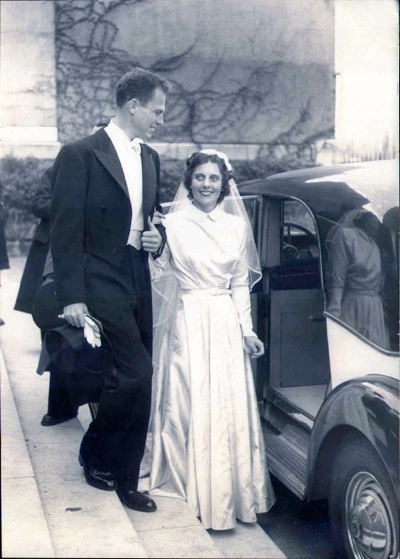
Bryce and Cecile’s Wedding, Paris, 1951
After marrying Bryce and moving to the States, she began to feel she had scientifically betrayed her home country of France. To atone, she hatched a scheme to give France its own institute where the world’s best physicists could gather to study. The men of France were having nothing of it, though. Apparently, they weren’t interested in advancing physics (ahhh, if only that were the real reason). In actuality, they were uninterested in talking to a woman about physics.
Cecile worked right around the problem, though. Dressing as a secretary, she would wait for all the women working in government offices to head out for lunch before she slipped into the building. In this guise, she could walk into the office of any official she pleased, and she did. One week she’d pitch her idea for the physics study institute. The next week, she’d return and commend the government official for his forward thinking, telling him she loved the idea he’d told her about the week before, his idea to found a physics institute. Cecile kept at this technique until all the funding was procured and École de Physique des Houches was a reality.
Fringe fodder:
Cecile is an awesome example of woman physicist badassedness but, you might ask, “Where’s the conspiracy”? Here we go. After spending a year in India where they had their first child, Bryce and Cecile returned to the United States to the specter of unemployment. Scientists who studied general relativity and gravity in general were not in high demand.
How did Cecile and Bryce solve this problem? They started an institute for the study of general relativity, of course! How did they fund it? With money from the fringe!
Hurting for a little pocket change, Bryce did the unthinkable: he entered an antigravity essay contest. The even more unthinkable happened next: he won. Soon thereafter, antigrav enthusiast and wealthy industrialist Agnew Hunter Bahnson Jr. sought out Bryce and Cecile. He entreated them to head up an academic institute for the study of gravity.
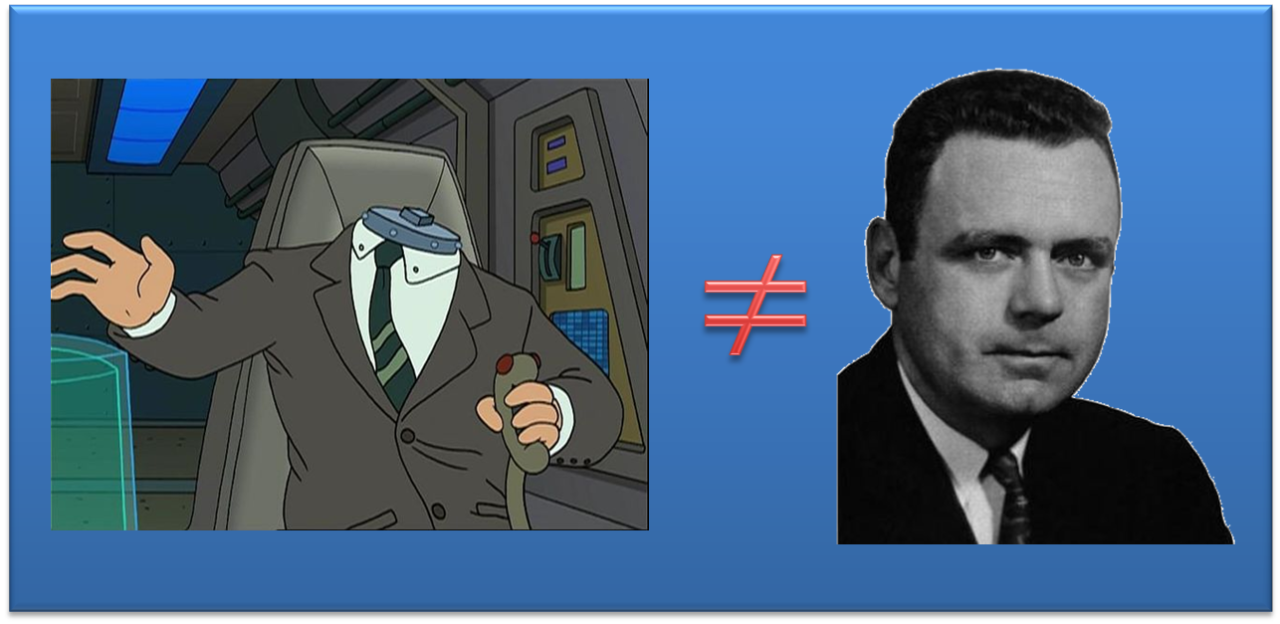
Given the intense sci-fi nature of this article, some early readers suggested the above distinction should be made
Rather than turning up her nose at the smell of antigravity, Cecile took the money and went to work! She and Bryce served as the first directors of the Institute for Field Physics at UNC Chapel Hill. Cecile became fast friends with Bahnson. She would speak fondly of him years later when she wrote about him in the proceedings of the first quantum gravity meeting held at the institute that fringe physics built.
While Cecile built a respectable body of work in the mathematical physics community, she was not above hopping on an air force base-bound cargo plane with Agnew Bahnson to discuss additional funding with the military brass. Bahnson provides the extra conspiratorial props to build your theory upon. Here are a few starting points: Bahnson was the son of a wealthy industrialist from the New-South. There’s a painting of his namesake, a huge painting, in the Philadelphia Museum of Art. Even better, the painting by Thomas Eakins was first exhibited at the 1893 Columbian Exposition, the same place Tesla (another fringe favorite) exhibited his egg of Columbus demonstration. Bahnson’s dream was to become the first man to travel into outer space. To that end, he sponsored both sorts of gravity research, the respectable kind Cecile did, as well as fringe physics. Bahnson was one of the largest benefactors of Thomas Townsend Brown’s electrogravitics research—an antigravity/conspiracy staple. Brown claimed to have constructed a device from high voltage capacitors that propelled itself by coupling electric and gravitational fields.
A few other whacky facts: Bahnson was a published science fiction author in addition to his industrial work. He patented several devices based on Brown’s research. He was mentioned in the first book on astral projection. His friend who coined the phrase claimed Bahnson visited him from the grave. Oh, right, Bahnson’s death story? He died in a plane crash; reportedly, just as progress was being made on Brown’s electrogravitics work. Weeks later, Bahnson’s family pulled all funding.
Respected Physicist: Janet Tate
Dr. Tate made a discovery while working on Gravity Probe B as a graduate student that threw a curve ball to the superconductor community; a curve ball no one has ever hit, one that offered new hope to the antigravity fringe. The Gravity Probe B satellite-borne experiment set out to make the first experimental verification of the gravitomagnetic field.
The gravmag field was theoretically predicted by Lens and Thirring in 1918 using Einstein’s theory of general relativity. They found that a rotating mass—like the Earth—should twist space. This was an unexpected effect in addition to the normal curving of space that holds all of our butts on the planet. The predicted twisting field was so weak that it took over four decades for physicists to design an experiment that might detect it. Three decades further on, the technology finally became available to pull off the experiment. The project used superconducting niobium-coated gyroscopes that were the most spherical objects ever made. These rotating, superconducting gyroscopes produced a magnetic field that could be measured very precisely to look for the gravmag field.
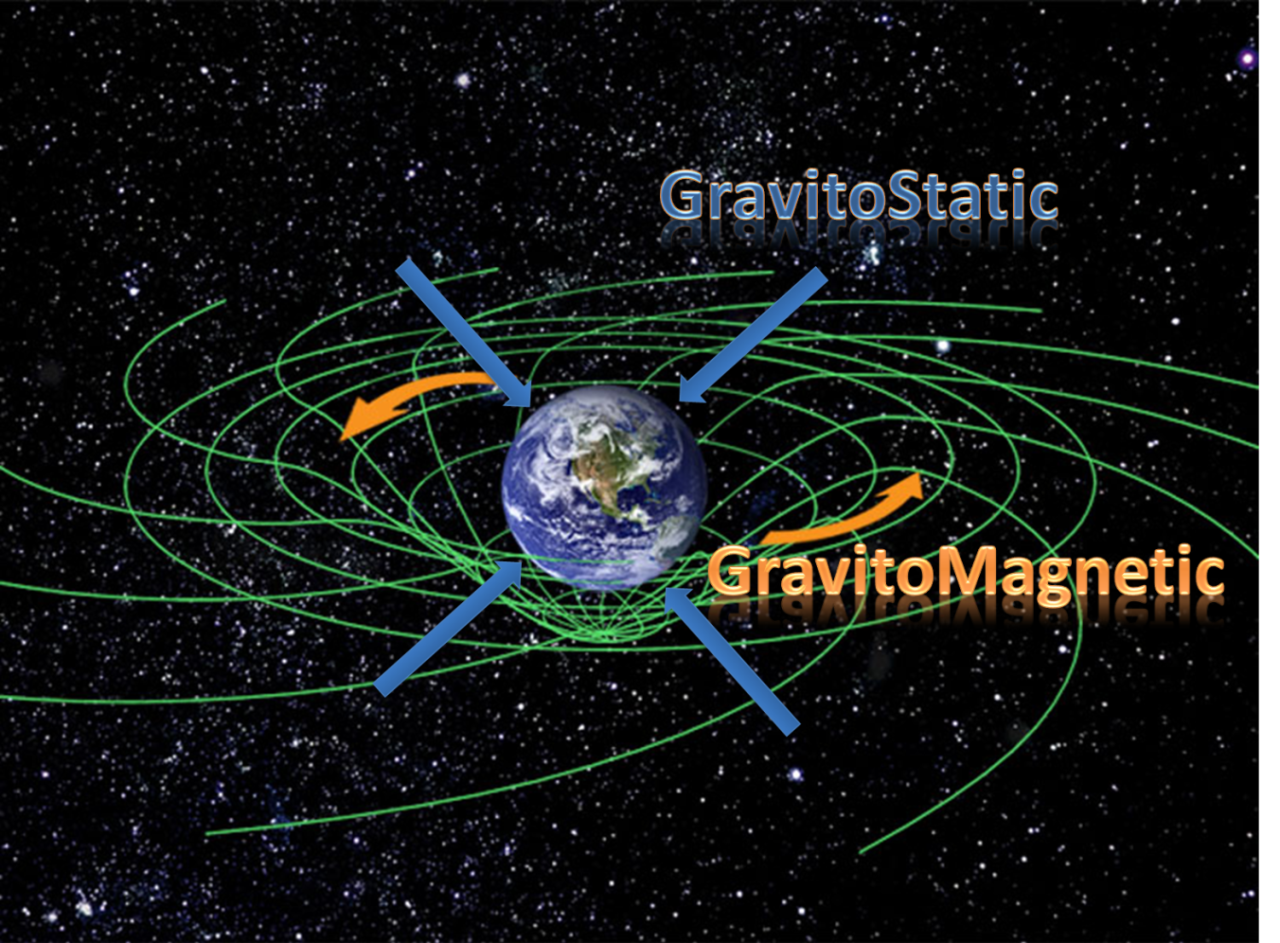
The butt-anchoring stagrav field shown with the twisting maggrav field
While characterizing the gyroscopes, Tate set out to measure the mass of the Cooper pair—the charge carrying quasi-particle of the superconductor. The mass she measured was accurate to 30 parts per million and heavier than anyone, including Tate, thought it had a right to be. The discovery came to be known as the Cooper pair mass anomaly. Tate published her results in Physical Review Letters—perhaps the most respected physics journal. However, after a brief period of interest, her publication was met with an overwhelming silence; perhaps because the unexpected mass of the Cooper pair did not adversely affect the project Tate was working on. After 30 years, her results are still unchallenged and unexplained.
Tasseled Tessellations:
A number of years after Tate’s discovery, Dr. Martin Tajmar published the results of an experiment that claimed to be searching for related gravitational effects. While Dr. Tate’s work was certainly a more socially acceptable entre to the experiment, many in the fringe community believed Tajmar’s project was strikingly similar to Eugene Podkletnov’s research which, by this time, was inextricably associated with antigravity. Tajmar attempted to distance himself from Podkletnov’s work by denying the similarities in one of his papers.
Tajmar’s move to disassociate from Podkletnov was understandable. Podkletnov paid a hefty price when his work—investigating the possible gravity shielding properties of superconductors—was erroneously reported as antigravity by a reporter from the UK. Soon after the story was published, Podkletnov’s employer, the University of Tampere, Finland, disavowed him. His laboratory was shut down and he returned to his native country: Russia. Undeterred, every few years Podkletnov reports the results of additional uncorroborated research into the superconductor/gravity link.
Dr. Tate was the third generation of physicist in her academic line to produce completely unexpected results. In 1967, researchers at the nearby Stanford Linear Accelerator discovered that protons and neutrons each consisted of smaller particles known as quarks. Theorists almost immediately figured out that unconfined quarks could not be observed. In other words, you should never see a single quark out in the wild. They always roam with one or two of their fellow quarks. Consequently when Dr. William Fairbank, Tate’s graduate advisor’s advisor, published results that indicated he had measured free-range quarks, the physics community at large was very skeptical. His results were never replicated, but in fairness, neither was his experiment. Other research groups who claimed to have replicated his work invariably made wide departures from the design of his apparatus, (substituting iron spheres for the superconducting spheres used by Dr. Fairbank, for example).
While we know that quarks exist, even if there are no lone-wolf quarks, another hypothetical particle, the magnetic monopole, is widely believed not to exist at all, but… Dr. Fairbank’s graduate student, and subsequently Dr. Tate’s graduate advisor, Dr. Blas Cabrera published data indicating that his superconducting detector had indeed found an elusive monopole. The discovery has been deemed the Valentine’s Day monopole because, well, it was discovered on Valentine’s Day 1982. One of the first questions any physicist asks about a seemingly anomalous reading, “Did you bump the equipment?,” seems not to apply in this case. Legend has it that the laboratory was empty that day, because everyone was out wooing their cuddlemonkeys.
Down the Rabbit Hole: The Connected Life of Linda Brown
It’s only a conspiracy theory if it arguably didn’t happen. Perspective is everything. Linda Brown is the daughter of Thomas Townsend Brown, of electrogravitics fame, (see above). Born shortly after WWII, Linda travelled widely during her childhood as her father moved the family from location to location working for a series of research sponsors. For a time, they even lived in rural North Carolina, where her father found the “log cabin of their dreams.” He’d spotted it while on an aerial tour of the countryside in a plane with Agnew Bahnson at its controls.
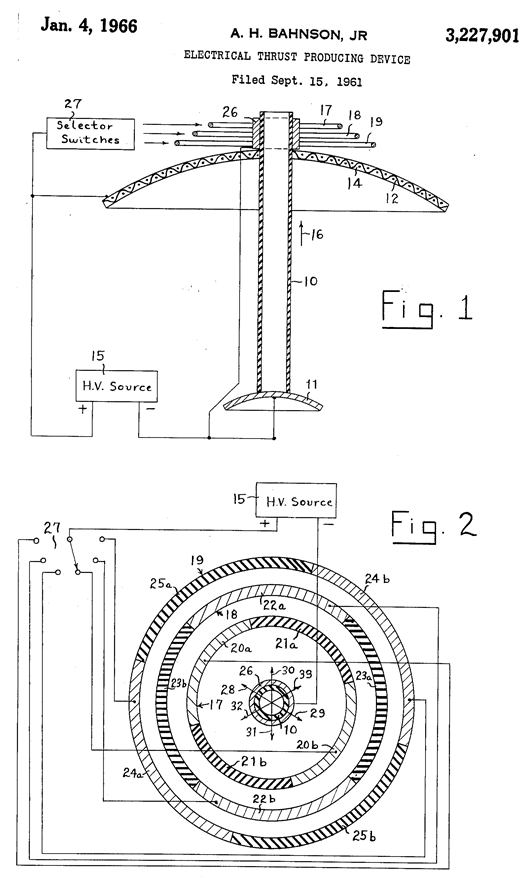
Diagram from one of the Bahnson’s patents of Brown’s Technology
Linda worked as her father’s lab assistant as a young adult. She assembled and ran many of his scientific demonstrations. In that role, she met many of the physics and military elite who were interested in her dad’s work.
Mysterious Musings:
Almost everyone who’s ever been on an airplane or a mailing list has probably seen the modern terminus of TTB’s research—the Ionic Breeze fan from Smarter Image. While this might make his research feel well-explained if not flat-out drab, the following factoids from Linda Brown’s biography leave a few question marks.
Linda’s family, while never what would be considered rich, was accompanied by the same driver/bodyguard throughout most of her childhood. TTB’s research was dismissed by mainstream science early on. However, he continued to demonstrate the tech to military brass, more often than not at their behest, for several decades. His research was also the subject of an article in Interavia (a respected aeronautical trade journal), as well as a government sponsored report on electrostatic counterbary.
Gateway Physicist: Ning Li
Mention of Podkletnov’s work usually brings up Ning Li, formerly of the University of Alabama at Huntsville. I’ve categorized Dr. Li as a gateway physicist because, a few years after receiving a $500,000 DoD grant to research Dr. Podkletnov’s work, Ning did something that’s almost impossible in the internet age: she dropped off the radar completely. She’s made no appearances in the public eye since 2003.
Prior to Podkletnov’s first published article on his work, Dr. Li wrote a paper deriving a possible link between superconductors and gravitational effects. Interestingly, it was based on an article published by Bryce DeWitt, (Cecile’s husband), in the ‘60s. A few years later, she found herself working with a team of NASA scientists attempting to replicate Podkletnov’s work. Her work hit the popular press resulting in her picture appearing in Popular Mechanics along with some of the other NASA researchers.
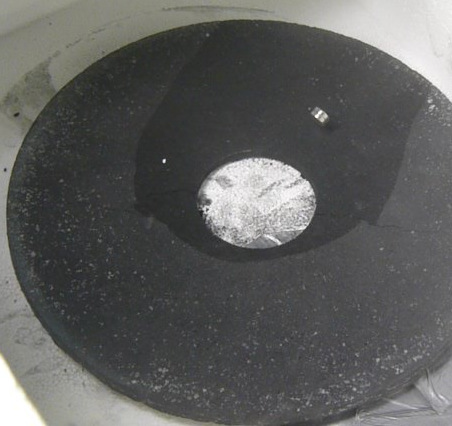
The large superconductor used in Ning Li and NASA’s attempted Podkletnov replication
Conspiratorial Constructions:
First, there’s the whole disappearing thing, as well as being associated with Podkletnov’s antigravity work. Here are a few additional interesting tidbits of trivia: Dr. DeWitt’s superconductor/gravity article, upon which Li’s was based, acknowledges valuable discussions with Dr. Robert Forward. Dr. Forward, then of Hughes Research Laboratories, would later be better known as a popular science fiction author. One of Dr. Li’s other associates at UA Huntsville was Dr. Charlie Lundquist, who had the rather curious notoriety of being the scientist to first be presented with pieces of the downed Sputnik IV satellite after they were found in Manitowoc, Wis. Going a step further up the ladder, Dr. Lundquist worked for Dr. Fred Whipple, who is often quoted in debates about the existence of UFOs.
So, there you have it, four great starting points for building your own conspiracy theories. They’re also great starting points for learning about actual science… whichever you prefer.
Afterword—Where are they now?
Cecile DeWitt-Morette is a professor emeritus at the University of Texas. She recently participated in a historic roundtable discussion with a number of other famous relativists and astrophysicists.
Janet Tate is a tenured professor at Oregon State University. She leads a thin film materials research group. She’s instrumental in OSU’s Women in Physics program as well as many American Physical Society programs.
Linda Brown researches the theories and rumors surrounding her father’s work. While she worked closely with her dad, even she was not privy to all the details. She moderates a forum about her dad’s life and work. She also frequently speaks at conspiracy and UFO conferences. Currently, she’s working on a new book about the mysteries surrounding her father.
Ning Li’s whereabouts and activities remain unknown.
Hamilton Carter’s childhood dreams of becoming an archeologist/novelist/physicist/adventurer morphed into his present-day life as a dad/science writer/physics grad student/electronics engineer, which is to say he’s accomplished all his life goals to date. As a kid, his love of comic books and sci-fi led him to science. He built a cyclotron in high school while hanging out with classmates who built linacs, Tesla coils, and linacs powered by Tesla coils. Having grown up in the mountains of south-central New Mexico, he enjoys hiking and camping with his family anytime he gets anywhere near a mountain. For now though, he is leading a delightfully happy—albeit hot and humid—life studying physics at Texas A&M University. You can find him on G+, or read about his ongoing shenanigans at http://copaseticflow.blogspot.com/.
Are you following The Mary Sue on Twitter, Facebook, Tumblr, Pinterest, & Google +?
Have a tip we should know? [email protected]